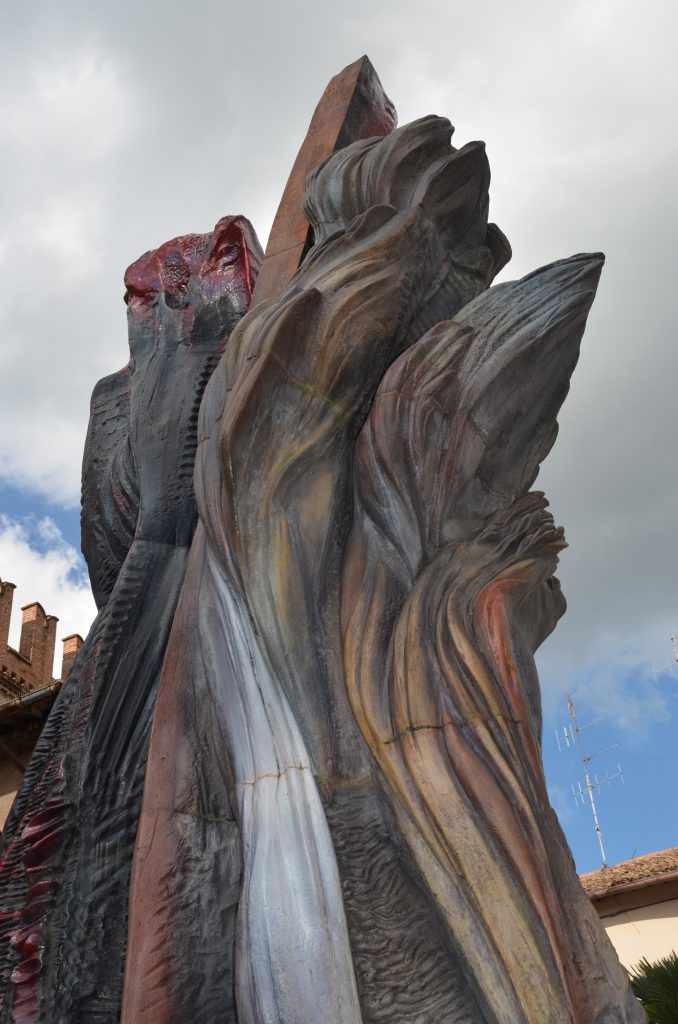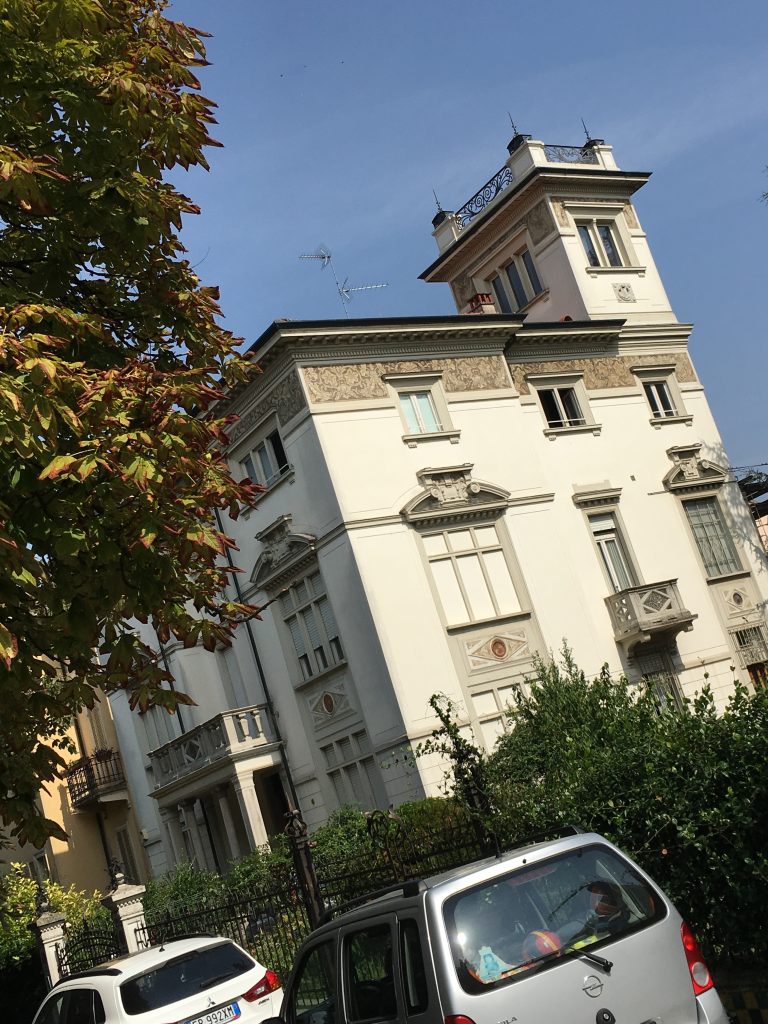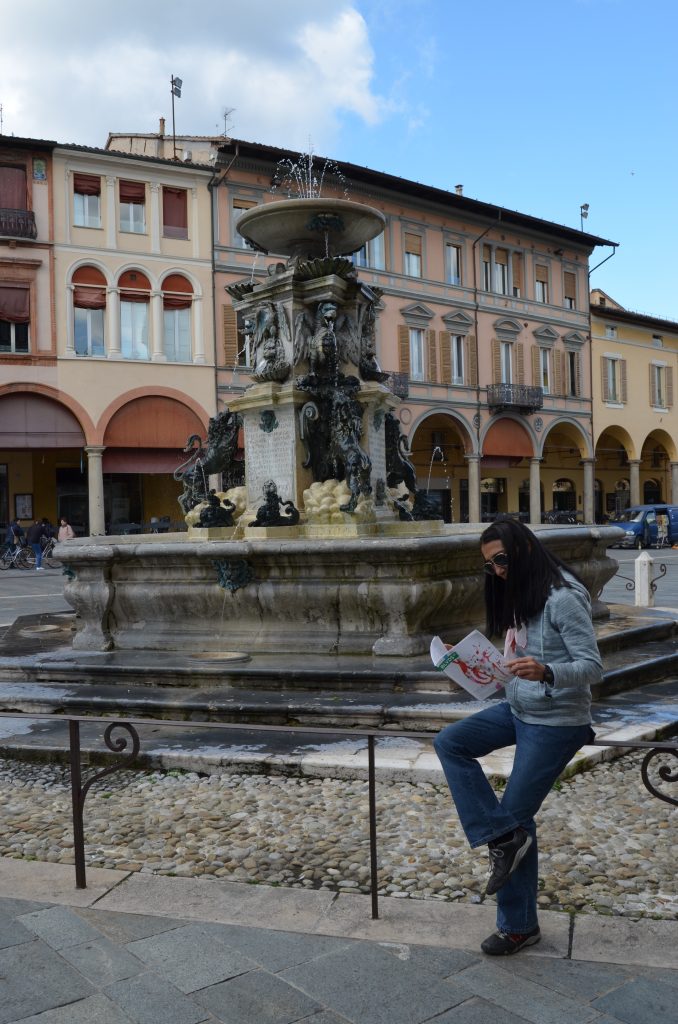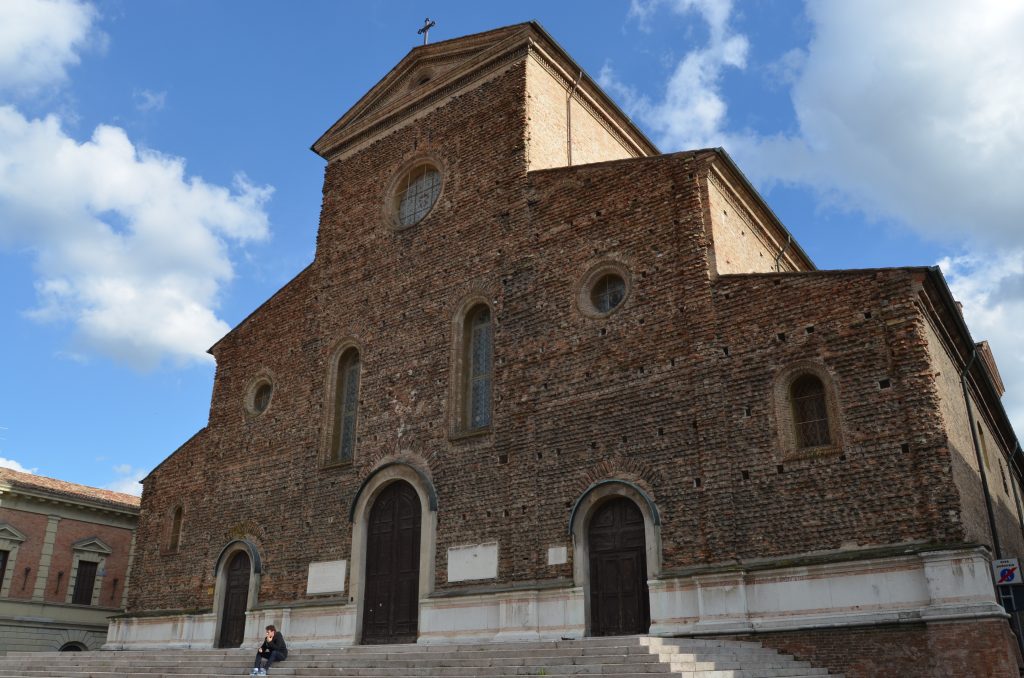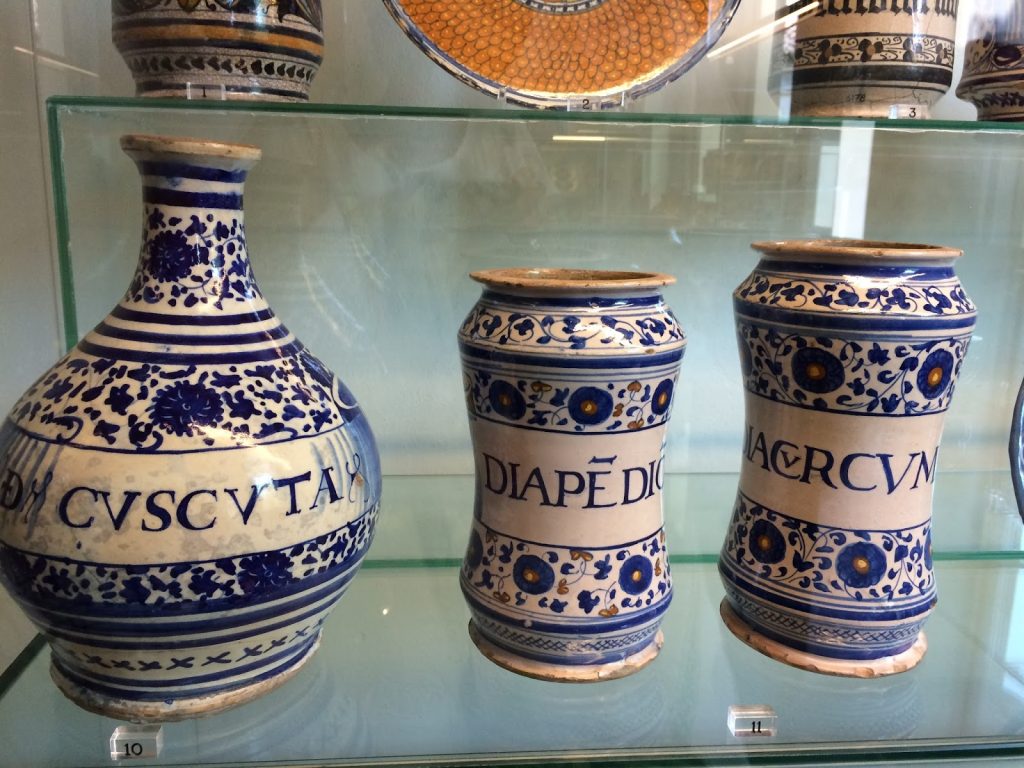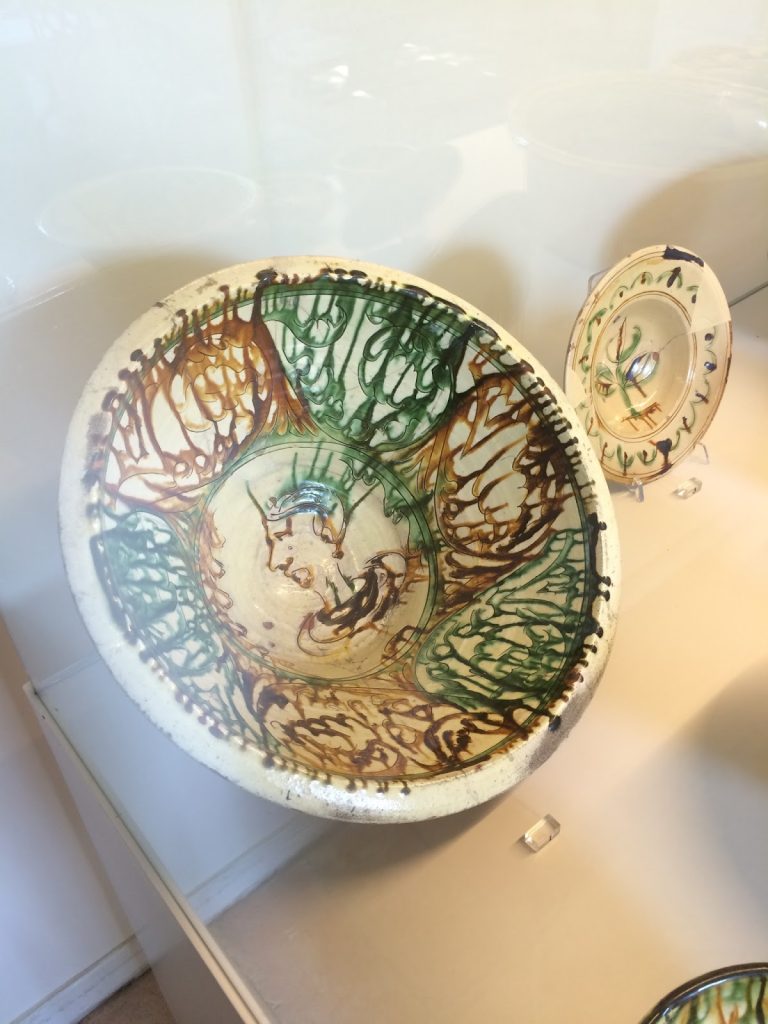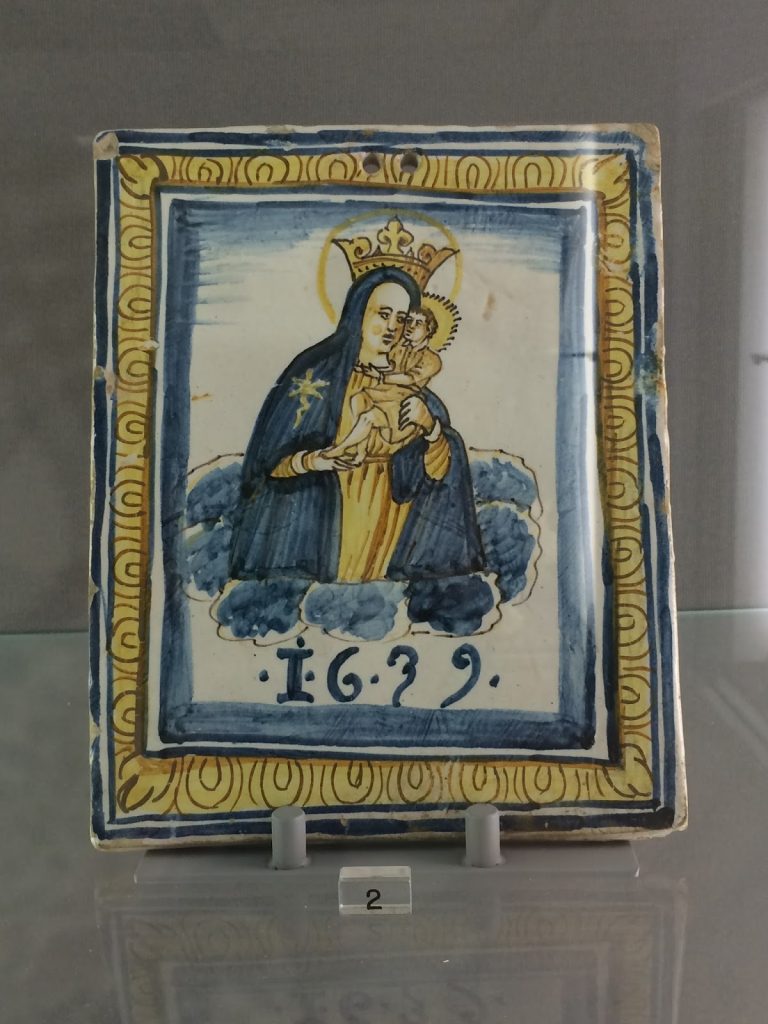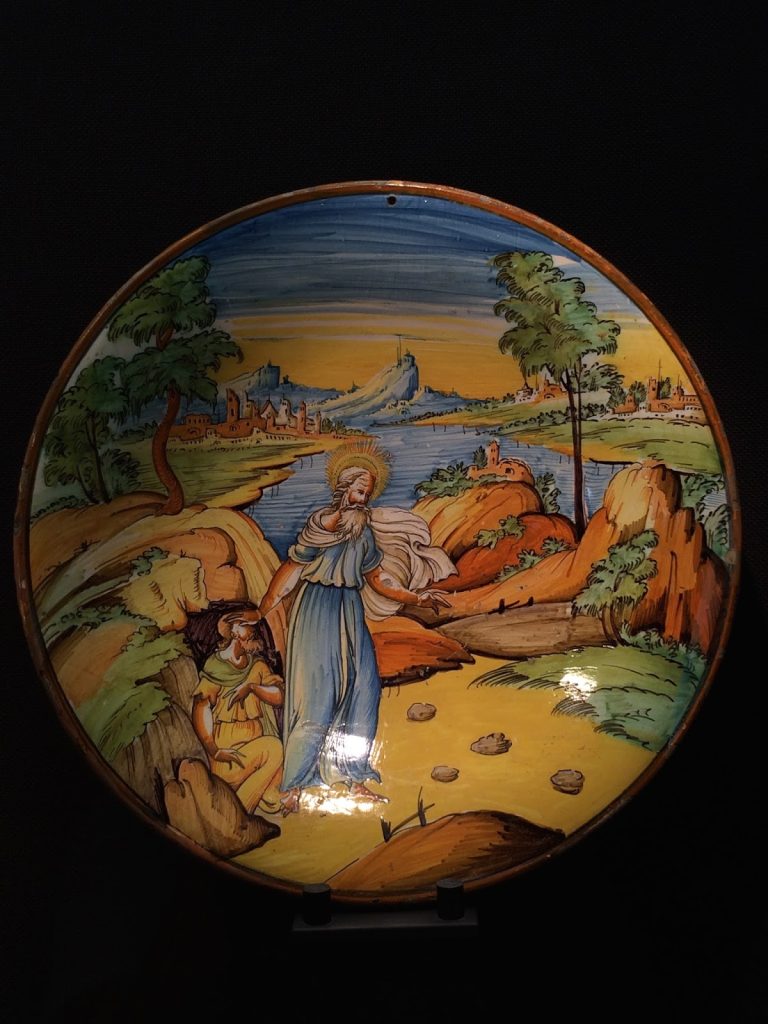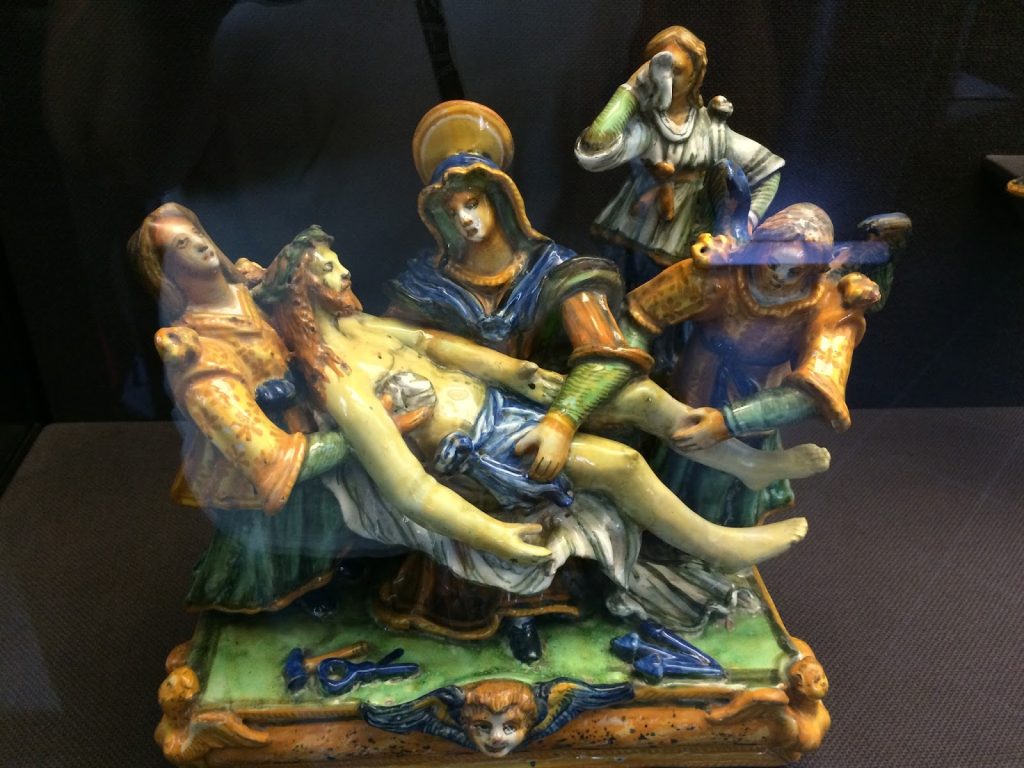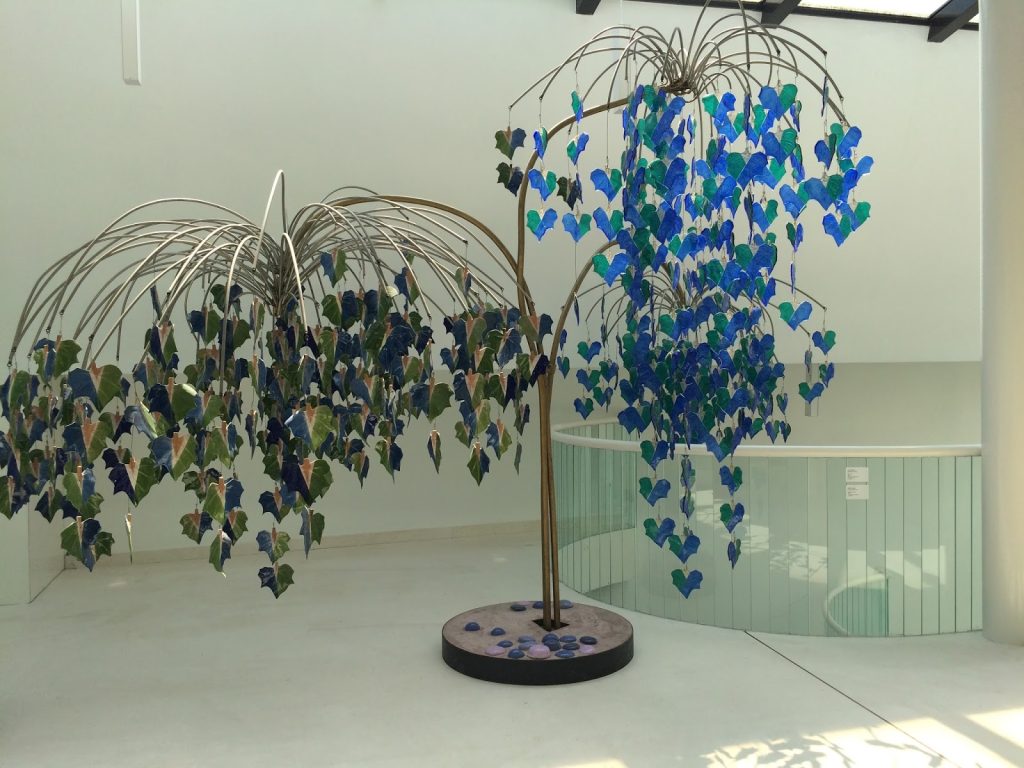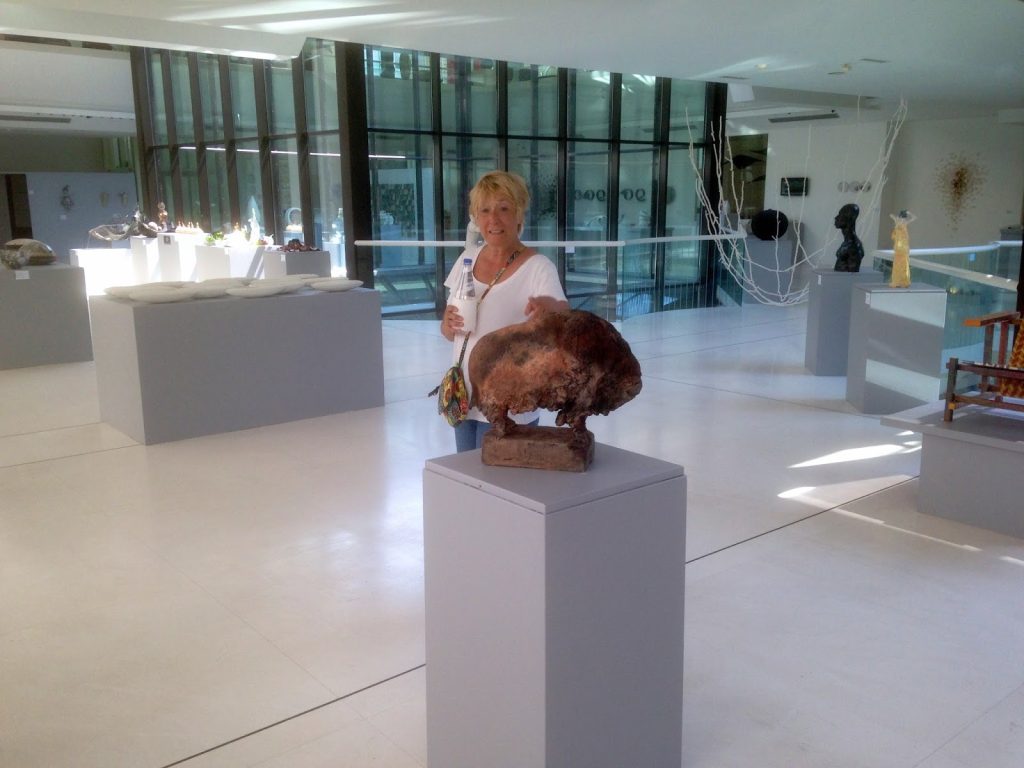Faenza. Have you heard of it? Do you know anything about it?
If you’re like most non-Italians (and even some of them), you are probably saying, “Faenza? What the heck is Faenza? ” or “Where the heck is Faenza?” and/or “Who the heck would *go* to Faenza?”
A small city (58.000 people), Faenza lies about 31 miles from Bologna. It is not a huge tourist town. You’ll find the requisite palazzo, duomo, parks, fountains, piazza, and a great weekly market. The jewel of Faenza, though, is its ceramics museum.
The Museo Internazionale delle Ceramiche
Yes, you read that right. Faenza is home to the Museo Internazionale delle Ceramiche (MIC), or International Museum of Ceramics. This small town has been in the forefront of the ceramic world for centuries and is home to not only the Faenza Bianca (Faenza White) pottery but also majolica (originally maiolica), a tin-glazed pottery. Founded in 1908, the MIC has the greatest collection of ancient, modern, and contemporary ceramics in the world. The 60,000-plus ceramics in the collection include works from countries all over the world and span many centuries. Of course, the MIC showcases Italian ceramics.

From an ancient pharmacy 
Ancient serving bowls
While much of it had been in private collections of royals and wealthy citizens, even more were ordinary pieces used in everyday life. While archeologists found many during digs, many were donations from individuals, families, and governments. The MIC has a number of cases dedicated to jars used in pharmacies. Several of the cases hold dinnerware and serving pieces.

The Blessed Mother 
Scene from the Bible 
A Pieta
As you would expect, a good number of pieces are religious in nature. Religion played as huge a part in the ceramic work as it did in paintings during the 16-19th centuries. That was, of course, due to the fact that most of what is now Italy was part of the Papal State, and religion ruled almost every aspect of everyone’s life.
Restoration
Amazingly, as old as some of the pottery is, much of it is in good condition.
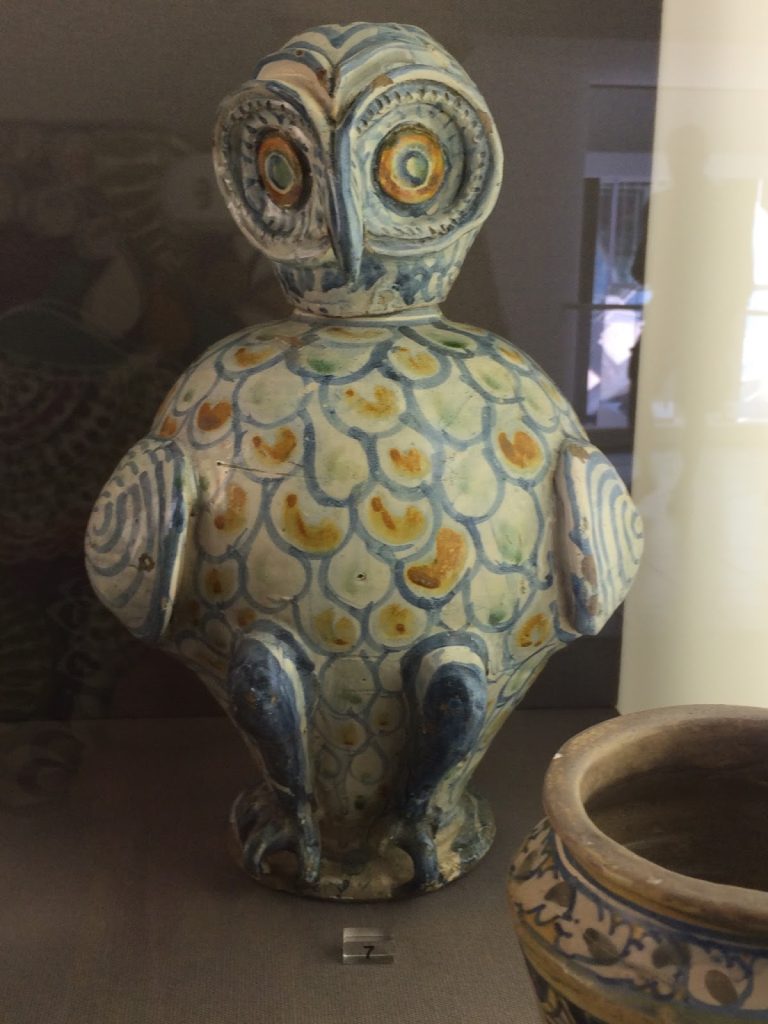
“How much restoration do you think they’ve done?” my husband asked me when we were looking at a few restored pieces. He was talking more about the colors. I asked the docent at a desk near us.
“The only restoration,” she told me, “is to put things together. The paint, the glaze, are all original. But, may have had no restoration. They are in original condition.”
Amazing.
Premio Faenza
Both of us agreed that our favorite part of the museum was the contemporary ceramic sculpture. The ceramicists vying for the biennial Premio Faenza (Faenza Prize) had their work on display when we were there. Initially a regional competition, the Premio went national in 1938 and international in 1963.
Open to individuals or groups, the Premio prides itself on promoting creativity by not having a specific theme. Entrants can use any ceramics technique and add other materials as long as they emphasize ceramics. It was very interesting to see the variety of pieces in the running for the award.
Faenza & Majolica Pottery
During the Renaissance, majolica pottery became popular with Italian ceramicists. Using the tin-glaze method, the artists decorate opaque white pieces with colorful paints before firing them.
While the wealthy bought majolica to decorate their homes, the working classes used majolica as everyday vessels, serving pieces, and plates. From the 16th century on, the pottery has been a major source of the town’s economy. Today, you can find several ceramicists working in town. While the quality and prices vary, you’ll get a better deal if you buy direct.

